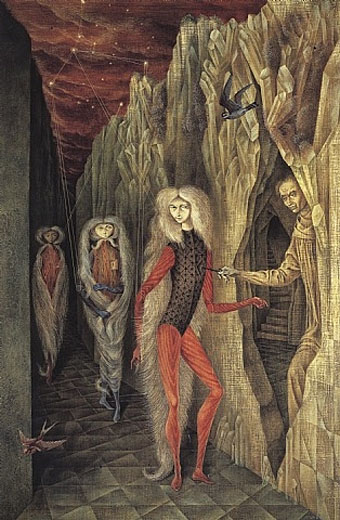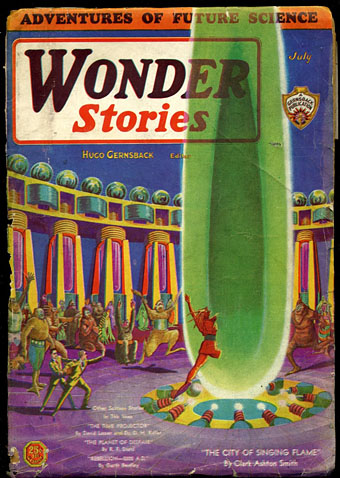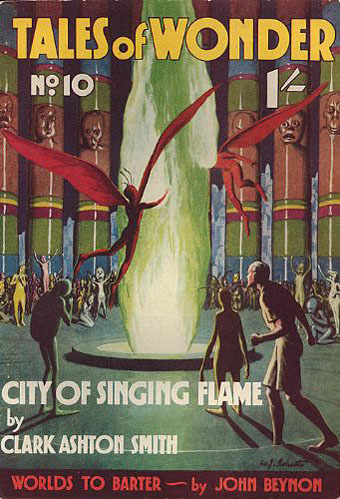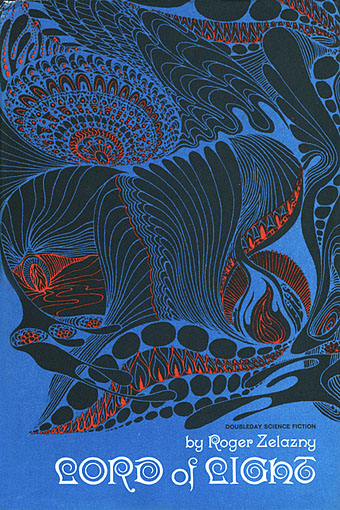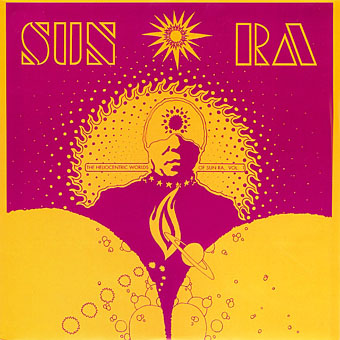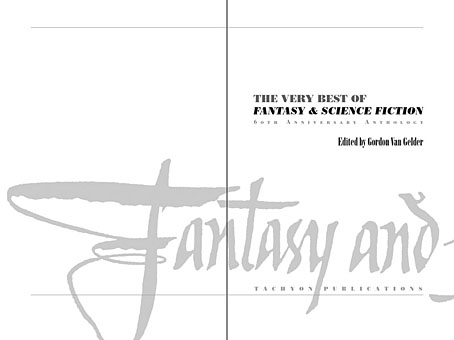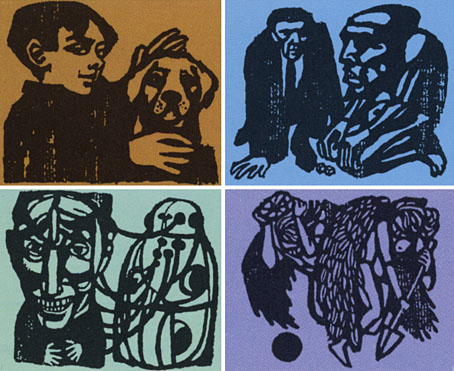
Illustrations for Dangerous Visions (1967) by Leo & Diane Dillon.
top left: Lord Randy, My Son by Joe L. Hensley; top right: Gonna Roll the Bones by Fritz Leiber; bottom left: The Happy Breed by John Sladek; bottom right: Shall the Dust Praise Thee? by Damon Knight
Beyond my love for them and my understanding that they have influenced my ethical and moral life almost more than anyone else I’ve ever known, my respect for their artistic intelligence and their incomparable craft is enormous. Leo and Diane Dillon are the best. Simply put: the best.
Harlan Ellison, from The Illustrated Harlan Ellison (1978)
Pre-internet, illustrators and designers often suffered from being landlocked by whatever territories (to use that wretched marketing term) the work they embellished was sold in. I’ve said as much in the past but it’s worth repeating since it explains how reputations could loom large in one country while the artists in question might be unknown elsewhere. Leo and Diane Dillon are a good example of this, lauded in the US for work that spanned a variety styles and media yet barely visible in Europe unless you chanced across an imported paperback bearing one of their covers. Their long and fruitful relationship with Harlan Ellison saw them illustrate many of his major works, books which when they were reprinted here were often packaged with inappropriate spaceship art by Chris Foss or one of his imitators. Happily the Dillons’ superb woodcut illustrations for Ellison’s Dangerous Visions anthology survived the journey across the Atlantic. I still find those illustrations thrilling for the way they condensed the essence of thirty-two challenging stories with the greatest economy of means. And thanks to the internet we can see just how versatile they were at The Art of Leo and Diane Dillon. That site also includes links to interviews and further examples of their art.
Elsewhere on { feuilleton }
• The illustrators archive
Previously on { feuilleton }
• Science fiction and fantasy covers
• Groovy book covers
• Harlan Ellison: Dreams with Sharp Teeth

